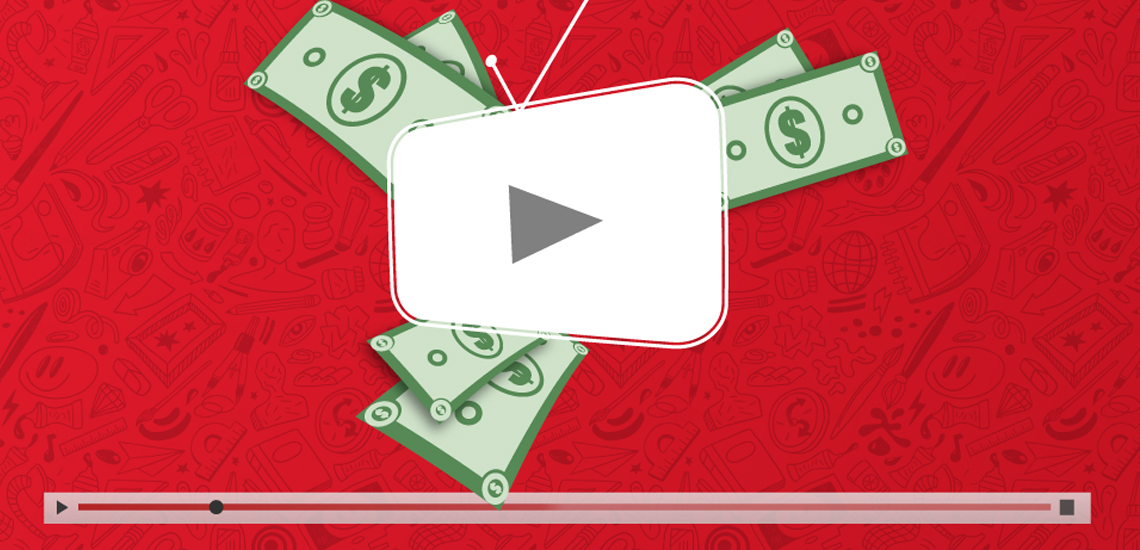
YouTube, a main phenomenon of the Internet age, is a video platform that affirms the decade more than any other medium.
Only rivaled by Facebook, Instagram and Twitter, hundreds of millions of hours of video are viewed on YouTube every day, with an average of 300 hours of video being added every hour. The platform serves as a giant playground for young and old artists, alike, with its plethora of film trailers, video games, cooking and fitness videos, opinions, ratings and comments.

Amidst all this is a sensation of the Web 2.0 generation: YouTube stars. The size and reach of these seemingly ordinary individuals is in the millions, as hundreds of thousands of consumers view their videos by the hour. In a sea of corporate channels and impersonal advertisements, these individuals step out of the gray masses, giving their video channels a face with which users can interact and identify.
According to an ARD-ZDF online study, 79 percent of individuals between the ages of 14 and 29 years old view online videos at least once per week. This fact alone makes it not surprising that these YouTube stars could be largely beneficial to both smaller and larger advertisers, with an audience reach unparalleled by nearly any other media. In the beginning, advertising media was limited to options supported by the platform. For example, the occasional pre-video commercial or a reference link during a program. Here’s a flash of a mobile phone, or a quick sip out of a Coke bottle—specific product placement is relatively easy to perform in these cases and has made a tremendous impact on advertising. However, it’s not the only marketing benefit of these videos.
Fans who emulate their idols adjust their consumption habits to mimic those of their favorite stars. This has, and likely always will be, an undeniable fact. Children and young adults desiring to have the same longboard, Smartphone or backpack as their idol is a predictable, common reaction. However, a critical look will reveal something less accepted. In these videos, there is no separation between what is genuinely supported by these personalities and what products are only supported as part of a brand booster. This creates a slippery slope for viewers, creators and advertisers alike as these videos are equated to surreptitious advertisements by the State Media Authority.
YouTube stars and their resulting networks are yet another phenomenon, serving as an entrance into a world of media networks that have regulations of advertising integration, video quantity and click-through rates. Both consumers as well as those apart of these networks often agree that the placement of products in these videos are editorially integrated, and therefore not violating advertising regulations because there is no call to purchase. However, open discourse about this fact, and differing opinions on the matter will, sooner or later, demand the protection of consumers and young viewers.
Prohibited or not, it should be noted that the advertising placement in these videos doesn’t not necessarily coordinate with the brand or product. A brand should ensure that its form of advertisement always matches its image and targeted audience. From this perspective, YouTube stars could, with regulation, be helpful tools in the development of a communication strategy for many brands and their subsequent products.
Mario Hess